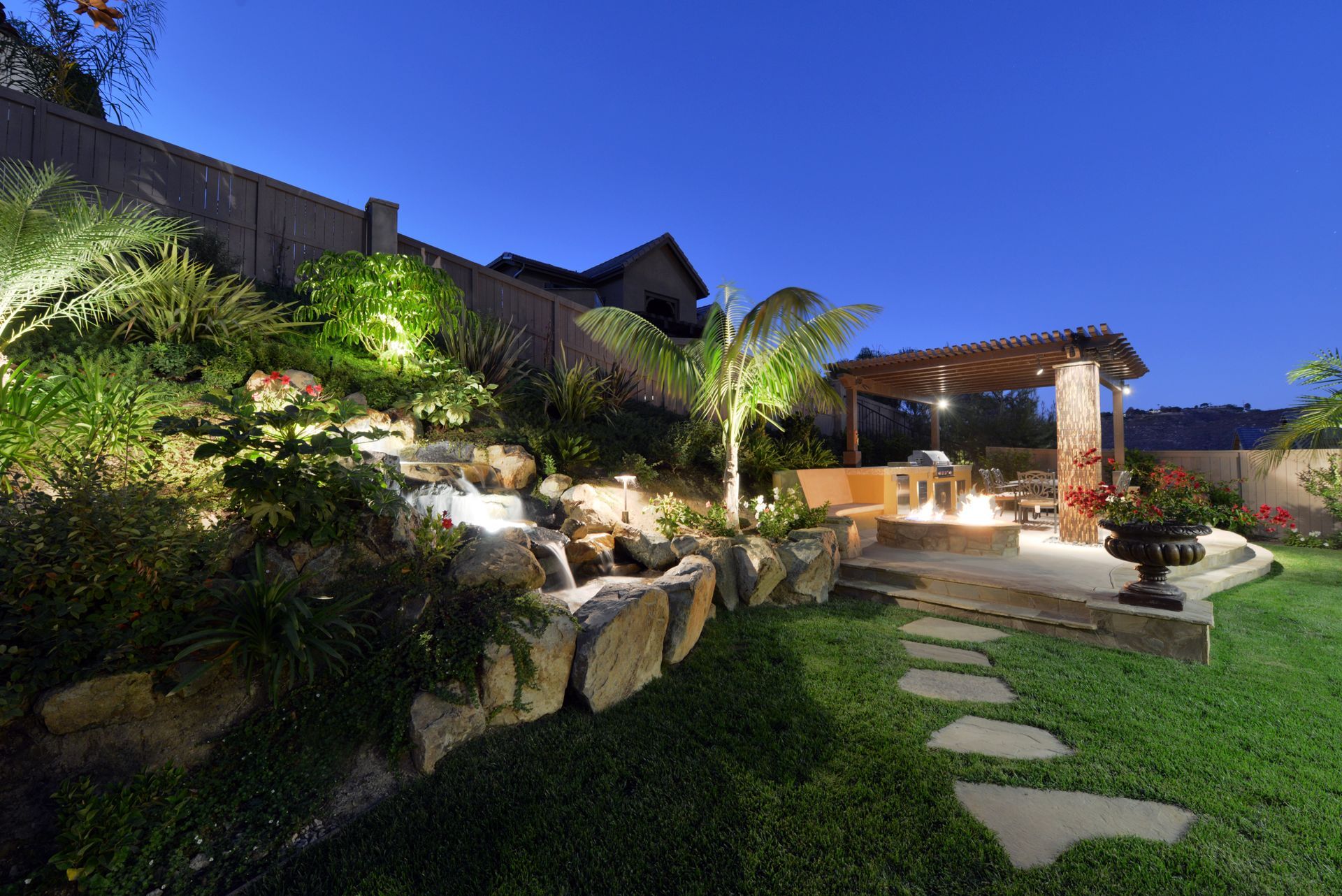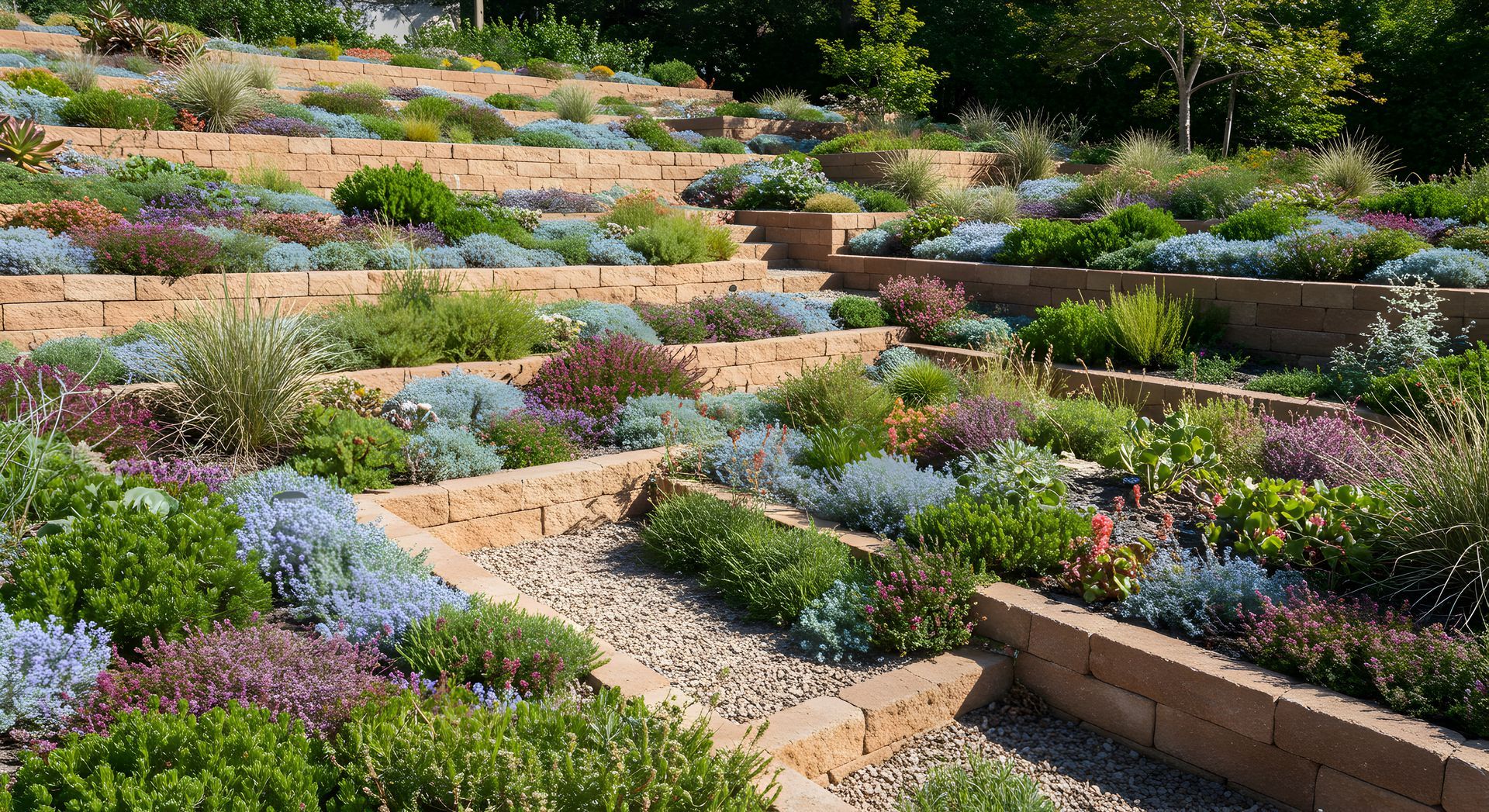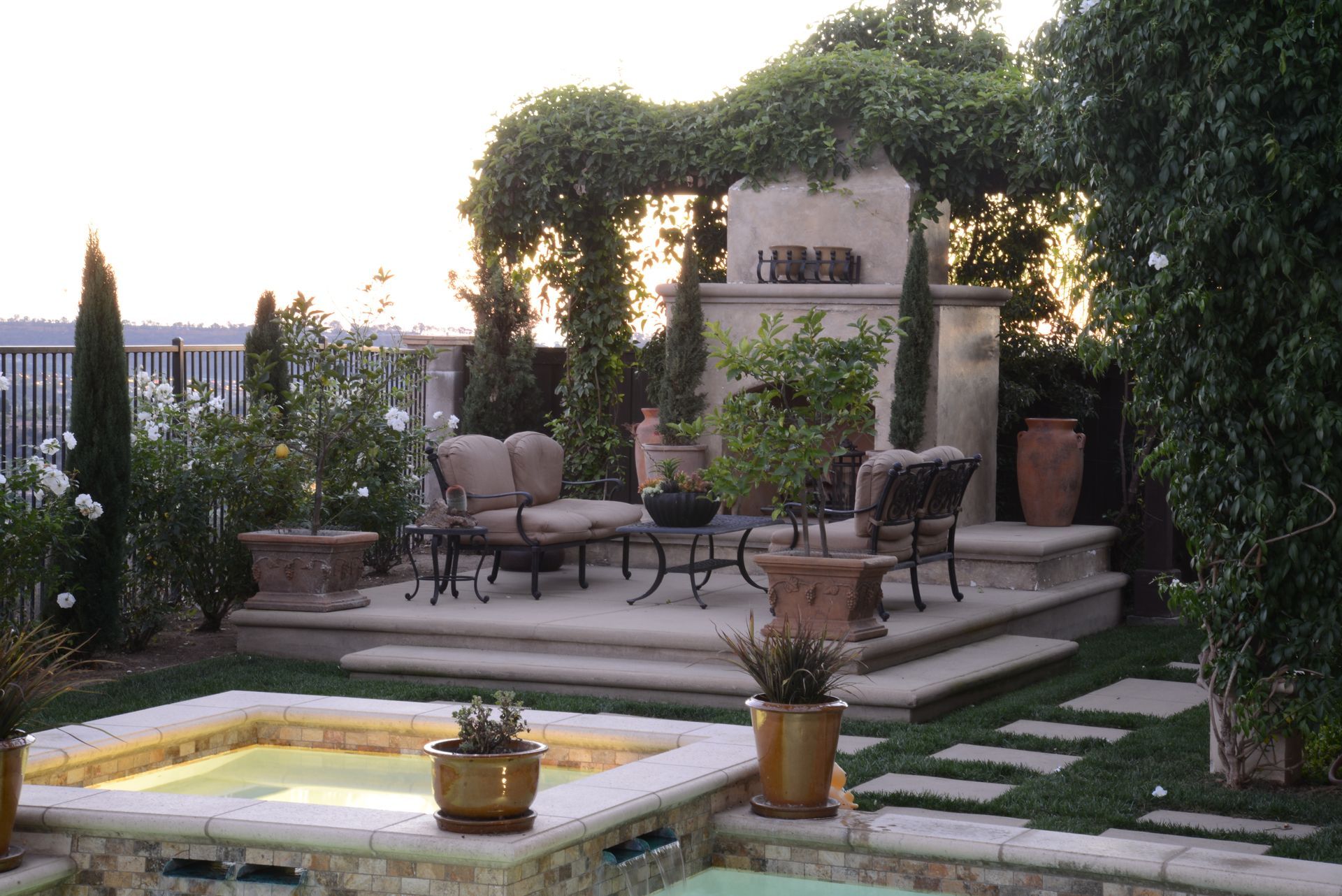The Role of Lighting in Landscape Design
Creating Dramatic and Functional Outdoor Spaces
When it comes to landscape design, lighting is often the unsung hero that can transform an ordinary outdoor space into an extraordinary one. Not only does lighting enhance the visual appeal of your landscape, but it also adds functionality, safety, and ambiance. Whether you're looking to illuminate pathways, highlight architectural features, or create a cozy outdoor gathering spot, understanding the role of lighting in landscape design is essential. In this blog post, we'll explore the importance of lighting, the different types of landscape lighting, and tips for achieving dramatic and functional results.

The Importance of Lighting in Landscape Design
- Enhancing Aesthetics:
- Proper lighting can accentuate the beauty of your landscape, highlighting its best features and creating focal points. Whether it’s a stunning tree, a water feature, or an elegant sculpture, lighting can draw attention to these elements, making them stand out after dark.
2. Improving Functionality:
- Good lighting extends the usability of outdoor spaces beyond daylight hours. By illuminating pathways, steps, and outdoor living areas, you create a safer environment for evening activities and gatherings.
3. Creating Ambiance:
- Lighting plays a crucial role in setting the mood and atmosphere of your outdoor space. From romantic and intimate settings to vibrant and energetic spaces, the right lighting can help achieve the desired ambiance for various occasions.
4. Enhancing Safety and Security:
- Properly lit pathways, stairs, and driveways prevent accidents and enhance the safety of your outdoor areas. Additionally, strategically placed lighting can deter potential intruders and increase the security of your home.
Types of Landscape Lighting
- Pathway Lighting:
- Pathway lights are designed to illuminate walkways, driveways, and garden paths. They come in various styles, including posts, bollards, and in-ground lights. These lights guide the way and add a decorative element to your landscape.
2. Spotlights:
- Spotlights, or uplights, highlight specific features like trees, shrubs, or architectural elements. They provide focused illumination that can create dramatic shadows and add depth to your landscape design.
3. Floodlights:
- Floodlights offer broad, intense light coverage and are ideal for illuminating large areas. They are often used for security purposes or to light up expansive garden spaces.
4. Wall Washers:
- Wall washers cast light evenly across a wall or vertical surface. This type of lighting is excellent for highlighting exterior walls' texture and architectural details.
5. Downlights:
- Downlights are installed overhead to cast light downward, mimicking natural moonlight. They are perfect for creating a soft, diffused light that enhances the overall ambiance of outdoor spaces.
6. Accent Lighting:
- Accent lights highlight features such as fountains, statues, or plant beds. They add visual interest and create focal points within the landscape.
7. Step Lights:
- Step lights are installed in or near stairways to illuminate each step and enhance safety. They are available in various designs, including recessed fixtures and surface-mounted options.
Tips for Creating Dramatic and Functional Outdoor Lighting
- Plan Your Lighting Layout:
- Start by assessing your landscape and identifying the key areas you want to highlight. Create a lighting plan that includes a mix of different types of lighting to achieve a balanced and well-lit design.
2. Consider the Purpose:
- Think about the functionality of each area you are lighting. For example, use pathway lights for safety, spotlights to highlight features, and ambient lighting to create a relaxing atmosphere.
3. Use Layers of Light:
- Combine different types of lighting to create a layered effect. For instance, use pathway lights for illumination, spotlights for accenting, and downlights for overall ambiance. This approach adds depth and dimension to your landscape.
4. Choose Energy-Efficient Options:
- Opt for LED lights, which are energy-efficient and have a longer lifespan compared to traditional incandescent bulbs. LED lights also offer a range of color temperatures to suit your design preferences.
5. Incorporate Dimmer Controls:
- Install dimmer switches to adjust the brightness of your lights according to different occasions and moods. This flexibility allows you to create varying levels of illumination for various activities.
6. Consider the Placement:
- Position lights to avoid glare and ensure they are directed towards the intended features. Experiment with different angles and heights to achieve the desired effect.
7. Maintain Your Lighting:
- Clean and check your outdoor lighting fixtures regularly to ensure they are functioning correctly. Replace any burnt-out bulbs and adjust the positioning to maintain optimal performance.
Conclusion
Landscape lighting is a powerful tool that enhances your outdoor spaces' beauty, functionality, and safety. By understanding the different types of lighting and applying thoughtful design principles, you can create a landscape that shines brightly and complements your home's architecture. Whether you aim to illuminate pathways, highlight features, or set a specific mood, the proper lighting can transform your landscape into a captivating and inviting environment. Embrace the role of lighting in your landscape design and enjoy a stunning outdoor space that shines day and night.


